Researchers report that there is 10 times more plastic in the Atlantic Ocean than previously thought. The scientists got their results by collecting samples of “invisible” microplastics below the ocean’s surface.
Microplastics are tiny bits of plastic, often too small to be seen. Plastic doesn’t “decompose” like natural materials (such as wood). Instead, it just breaks into smaller and smaller pieces.
😕
This image has not been loaded because of your cookie choices. To view the content, you can accept 'Non-necessary' cookies.
Microplastics are tiny bits of plastic, often too small to be seen. Plastic doesn’t “decompose” like natural materials (such as wood). Instead, it just breaks into smaller and smaller pieces. The microplastics above were found inside sea animals in Greece.
No one knows exactly how much plastic is in the oceans. Since the sea is so large and so deep, it’s hard to get a good idea of how much plastic it contains. But in recent years, scientists have made greater efforts to get a more accurate idea.
Some studies have suggested that since 1950, about 17 million metric tons* of plastic have entered the Atlantic Ocean. Scientists believe that the plastic found on beaches and on the surface of the water is only about 1% of all the plastic in the oceans.
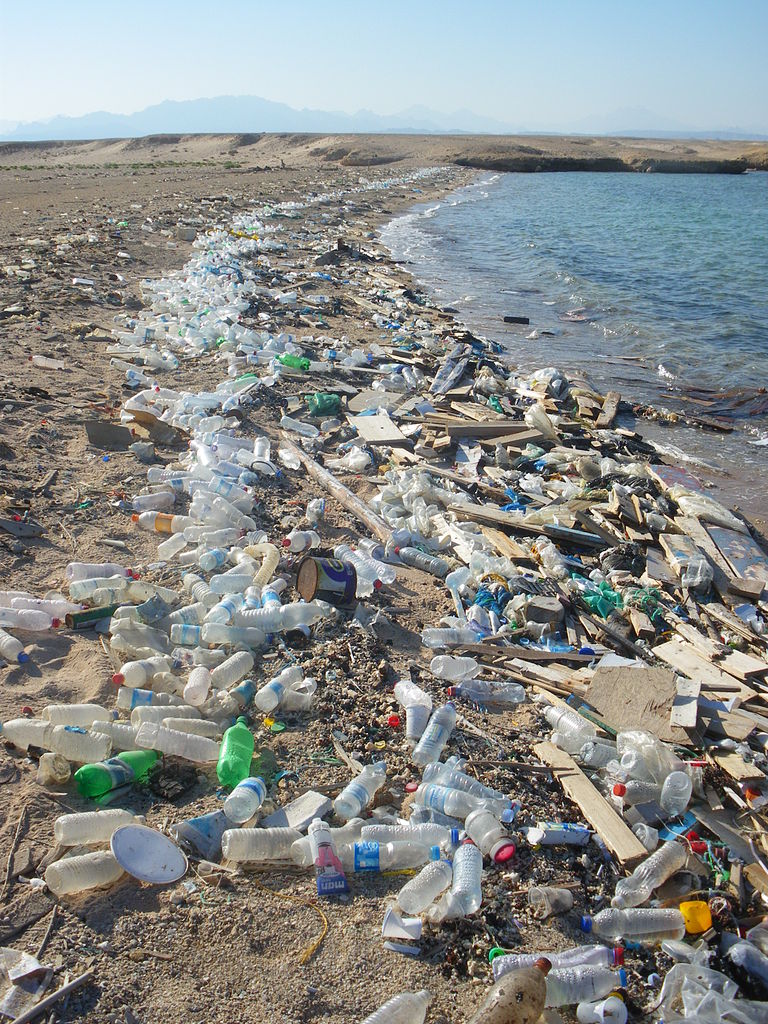
(Source: Vberger, from Wikimedia Commons.)
Researchers from the National Oceanography Center (NOC) in the United Kingdom (UK) wanted to find out where the other 99% was.
For two months in 2016, the researchers took samples at 12 different locations in the Atlantic Ocean, from the UK to South America. They collected water samples from three different depths in the top 200 meters (218 yards).
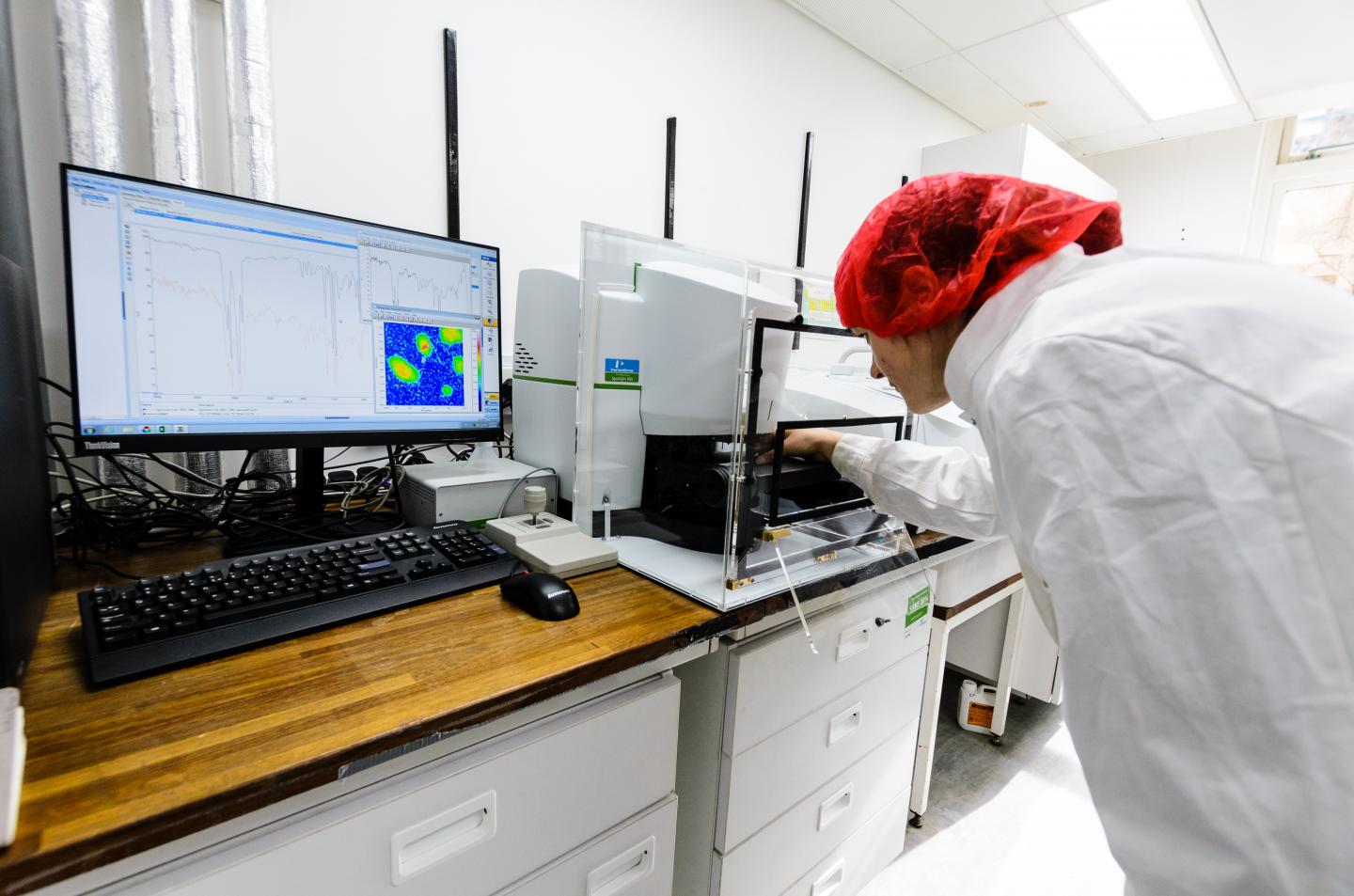
(Source: The National Oceanography Center .)
By running the water through special filters, they were able to collect the microplastics, which they could view and study with a microscope.
Based on their measurements, the researchers learned that just the top 200 meters of the Atlantic Ocean holds between 12 and 21 million metric tons of plastics.
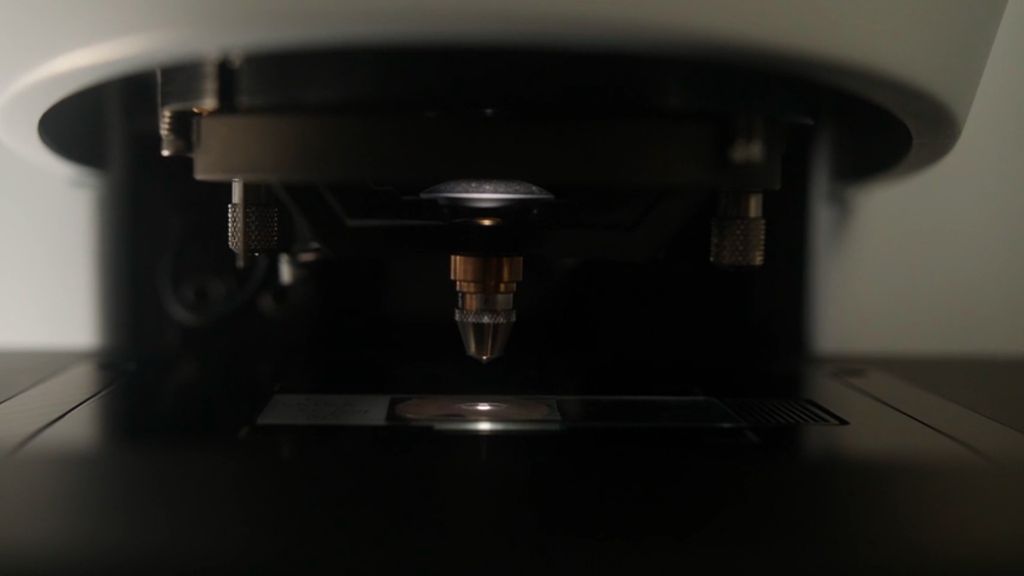
(Source: The National Oceanography Center .)
But the Atlantic Ocean is very deep, and the scientists only checked the top 200 meters. They say that if microplastics are spread through the rest of the Atlantic like they were in the top 200 meters, then there are probably about 200 million metric tons** of microplastics in the Atlantic Ocean.
That’s more than 10 times as much as scientists thought before. Dr. Katsiaryna Pabortsava, the lead scientist, said, “Our key finding is that there is an awful lot of very, very small microplastic particles in the upper Atlantic Ocean, much higher than the previous estimate.”
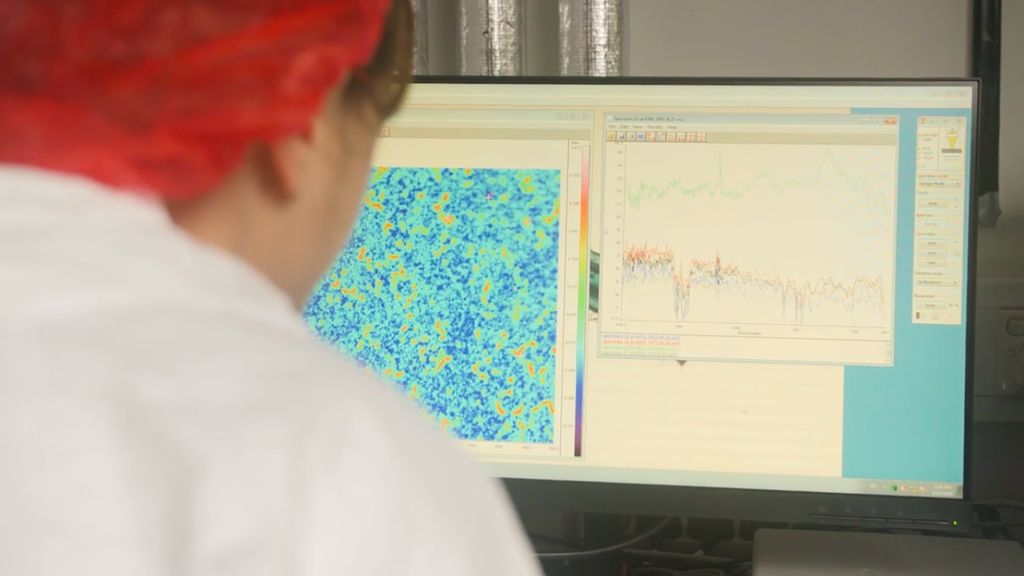
(Source: The National Oceanography Center .)
In fact, it’s likely that there’s more plastic than the researchers reported, since they only looked at three of the most common kinds of plastic, and ignored others.
Though the scientists only studied the Atlantic ocean, the results suggest that there may be far more microplastic in all oceans than we realized.

(Source: The National Oceanography Center .)
The problems go far beyond ocean pollution. Microplastic particles have been found just about everywhere around the world, from Antarctica to the bottom of the sea.
Microplastics have been found in tap water, bottled water, and even the air we breathe. A recent study tested five different kinds of seafood and found bits of plastic in every sample.
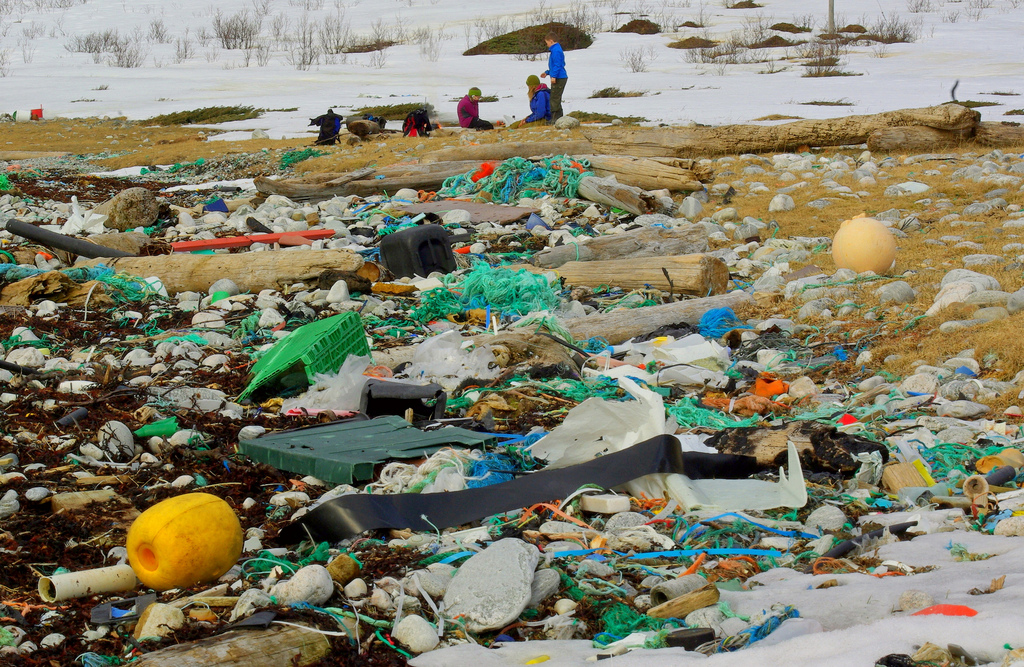
(Source: Bo Eide, via Flickr.com.)
Scientists predict that the amount of plastic entering our oceans is likely to triple over the next 20 years. Having a good idea of how much plastic is already there might be a good first step to fighting the problem.
Did You Know…?
In another recent study, researchers even found microplastics in samples of human organs, such as the lungs, liver, and kidney. Scientists still don’t know how microplastics affect people, but it’s something that many scientists are looking into.
*A metric ton weighs about 2,200 pounds (1,000 kilograms).
**200 million metric tons = 440,925,000,000 pounds (200,000,000,000 kilograms).
